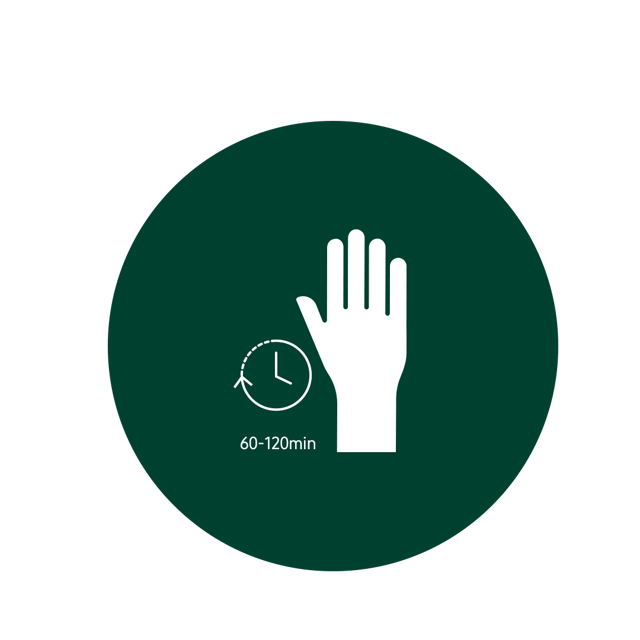First ever consensus on surgical gloving best practice
They systematically reviewed the available literature to reach an evidence-based consensus on four focus areas:
-
Glove fit
-
Double gloving
-
Indicator-systems
-
Glove damage and change protocol
The aim is to:
- Raise awareness of best practice in surgical gloving
- Change practice
- Drive future safety initiatives
- Encourage further user-/research-guided product innovation
The outcome recommendations were presented at the American College of Surgeons Clinical Congress in October 2023 and have been submitted for peer-reviewed publication.
Consensus outcomes
The consensus work has resulted in 10 approved recommendations across all four focus areas, with at least one strong recommendation to change practice in each focus area.

Glove fit
- All members of the surgical team should undergo a glove fitting (glove size and type) before scrubbing into the operating room for the first time.
- Additional glove fitting should occur in the event of a manufacturer change and/or when elements of comfort or performance are impacted.

- Appropriately fitting gloves of variable sizes and styles should be available to members of the surgical team, regardless of gender or race.

Double gloving
Double gloving should be considered in surgery for the purpose of reducing the risk of aseptic barrier breach and exposing surgical team members to risk.


Indicator systems
When double gloving, all scrubbed surgical team members should utilise an indicator inner glove for all surgeries to facilitate glove perforation detection.


Glove damage and change protocol
- In any surgical procedure the surgical team members may consider changing single gloves or outer gloves at regular intervals during the procedure and/or depending on surgery-specific activities. Based on the risk of glove damage, this interval is advised to be 60–120 minutes.
- During orthopaedic procedures (excluding arthroplasty), surgical team members may consider glove change at regular intervals of 60–120 minutes.
- In total joint arthroplasties, surgeons should change outer gloves at routine procedural steps, including after draping, before and after cement, before prosthetic handling, before closure, if the procedure extend beyond 60 minutes and immediately when a perforation is seen.

- During general surgery procedures, surgical team members should change gloves prior to abdominal closure as part of a bundle.

- During Caesarean sections surgical team members should change gloves after placenta delivery and prior to abdominal closure.

Disclosures
Mölnlycke Health Care provided funding, research support and medical writing for this project. The research was product agnostic and does not attempt to compare different manufacturers’ gloves. The study investigators assessed and analysed results independently. The views expressed are those of the authors and all authors had full access to all of the data in this study.